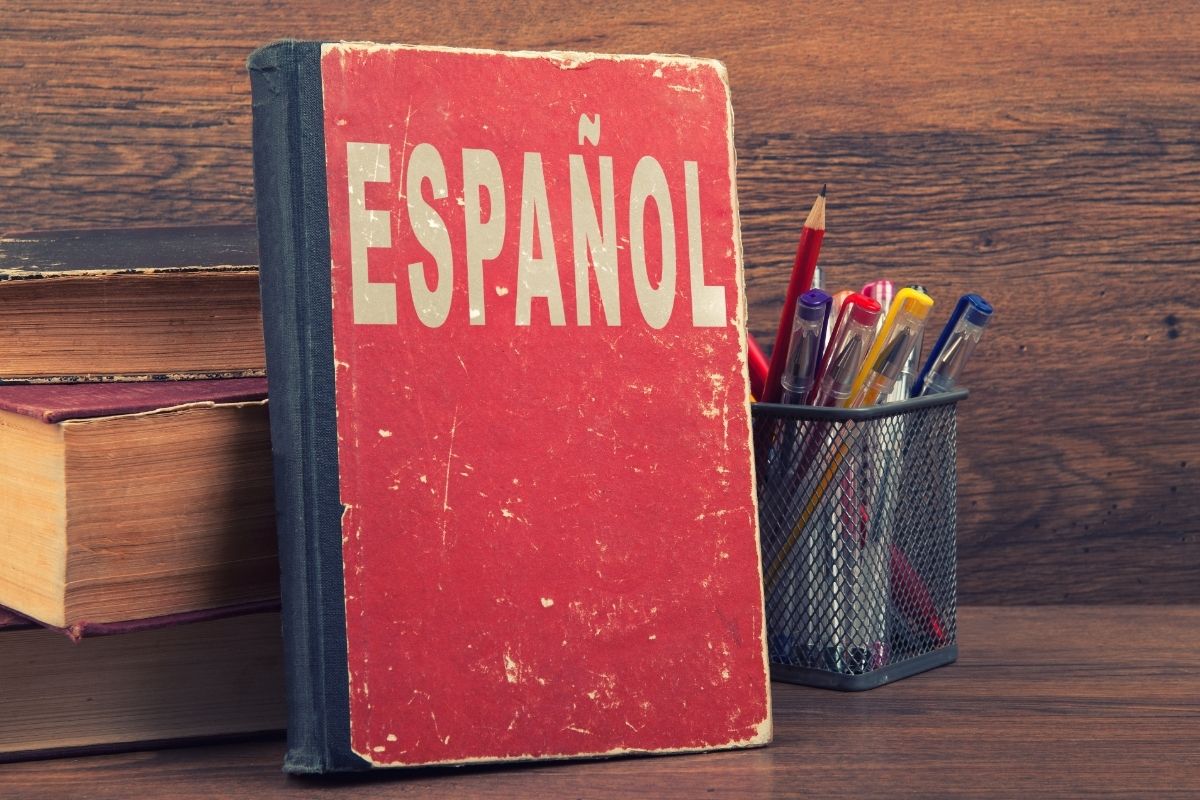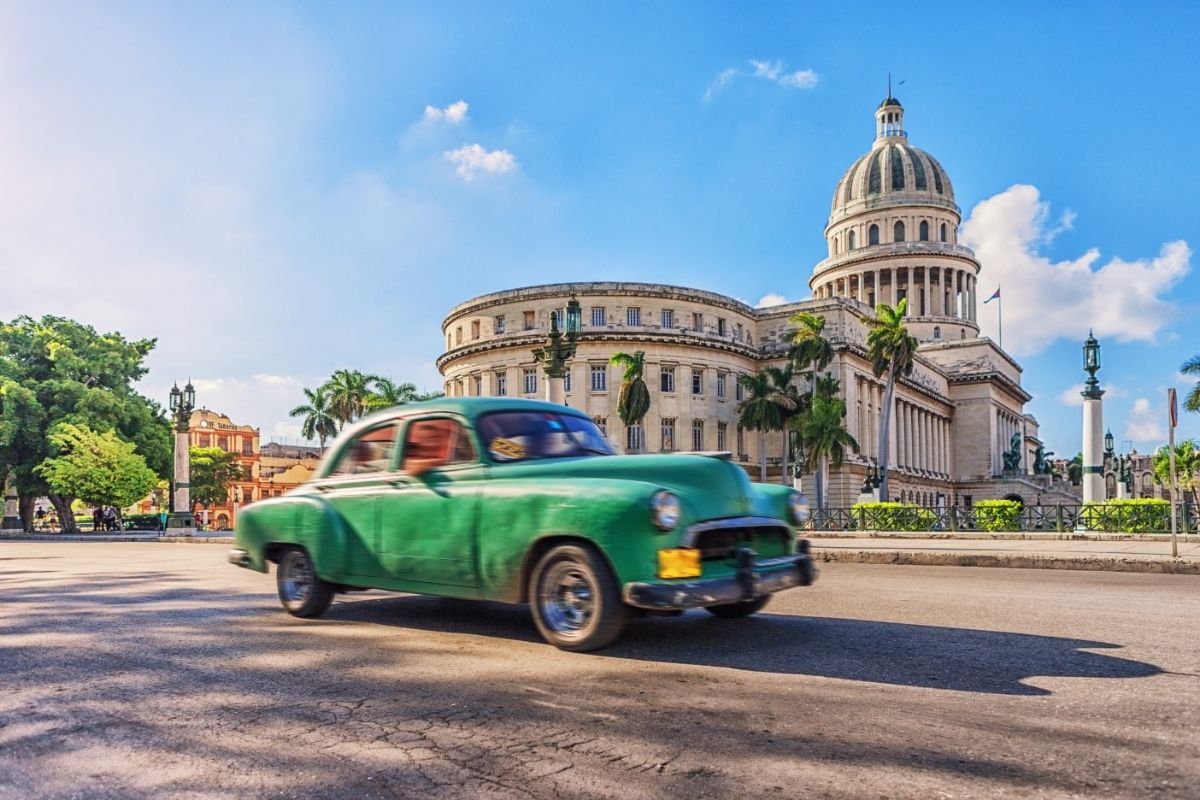When visiting a country, especially if you are having an extended stay, it is important to at least know what language is spoken and how to understand at least some basic phrases.
The more familiar you are with the language of where you are visiting, the more likely you are to feel engaged with the local culture as well as be able to communicate with everyone, not just those that know your language.

While you may think that you know what language a country speaks because it sounds partially familiar to you, make sure to keep in mind that a lot of countries have a version of their language which is an adapted version of another language.
This is present in lots of different countries with a popular example being the presence of French-Canadian. However, this is not the only example and there are plenty more.
If you are visiting Cuba, you may think that the language most spoken on the island is Spanish due to how similar the language sounds, but it is in fact Cuban Spanish and while the languages are similar there are significant differences.
You should be able to get by with basic Spanish skills, and a lot of locals know English, but if you want to feel the most engaged with the local culture, knowing some Cuban Spanish will greatly help with this.
So if you are traveling to Cuba, you probably want to know what the differences are between Spanish and Cuban Spanish and what makes them distinct.
This article aims to help understand some of the intricacies of the differences between these two forms of Spanish and give you the guidance you need to understand what differentiates the two.
If you have any questions on what defines Cuban Spanish, keep reading!
What Is Cuban Spanish?
Cuban Spanish is also known as Cubano is spoken by around 11 million native speakers.
In spite of Cuba’s relative isolation from the other parts of the world Cuba has had influence from its incredibly diverse population and this has massively impacted how its language functions.
This has made it, so the Cuban version of Spanish is significantly different from the standard version of the language.
The main foundational inspiration of the language is a variation of Castilian Spanish and this was brought over from migrants from the Canary Islands which entered around the 19th and 20th centuries.
As well as Cuban Spanish, there is also a significant portion of the population that speak Haitian Creole as well.
So while Cuban Spanish is quite similar to Castilian Spanish which is spoken within Spain, there are some significant differences which make the two languages different.
The most significant of these factors is some of the language in the vocabulary which was picked up in Cuba’s years under communism, as well as the presence of more Creole slang, the accent tends to be more nasal, and the language is spoken with a generally more rhythmic intonation.
With all of these aspects Cuban Spanish sounds quite different from any other Latin American languages as well as a unique form of Spanish.
Since the travel restrictions to Cuba have gotten significantly less strict in more recent years, the tourism industry in the island nation has boomed with Cuba becoming one of the most popular tourist locations within the Caribbean.
So since this has become a country so ingrained with tourism, if you want to progress past this layer of the culture to have a more authentic experience one of the best things you can do is learn some basic Spanish and know what makes Cubano different from the standard version of Spanish.
When speaking to locals you will likely get a much better reaction speaking the Cuban version of Spanish and be able to get a better experience with the culture.
There are plenty of other cultural aspects worth familiarizing yourself with, but being able to communicate with locals properly is a priority for having an authentic experience.
The History Of Cuban Spanish

Since Cuba was originally colonized by the Spanish, the version of Spanish which is most widely spoken within Cuba.
This resembles the Spanish which is most commonly spoken within the Canary Islands as well as Andalusia which is a community autonomous within Southern Spain.
In comparison to other accents within Spain, the Cubano accent most closely resembles the native La Palma accent which is one of Spain’s Canary Islands which is found from the coast northwest of Africa’s coast.
This is because of the aforementioned influx of immigrants which came from the Canary Islands in the 19th as well as 20th centuries.
The vocabulary of the eclectic Cubano language has a massive variety of both historical as well as cultural influences.
As previously mentioned, there are many Cuban words which originate in the Canary Islands, but there are just as many terms which are from West Africa, Andalusia, France, as well as Galicia.
Also, in spite of the tension held between Cuba and the USA, there are many words used in Cuba which are inspired by American English as well.
It is also well worth noting the Cuban revolution which began in 1959 in which there were many groups of migrants as well as refugees which left Cuba and came to the USA which meant there is now a large Cuban influence in certain parts of the USA, most specifically Miami as well as Florida.
This means that the culture in these areas have many strong ties to Cuba and there is a massive portion of these areas which identify as Cuban-Americans.
Pronunciation Of Cuban Spanish
A unique aspect of Cuban Spanish is some of its pronunciation with r and l sounds assimilating into the consonants which follow them which makes it sounds like the two sounds are being used interchangeably.
S sounds can also be aspirated or omitted as well as some of the sounds at the start of the word occasionally disappearing completely. There is also a high presence of slurred consonants within Cuban Spanish.
Cuban Provinces And Language Differences
There are significant differences within the country of different provinces speaking the language a different way.
In modern Cuba there are 16 provinces, but historically there are 6 provinces with major differences:
- Pinar del Rio is where you are most likely to hear the r as well as l sounds at the end of a word or syllable or maybe the other way round.
- La Habana can occasionally be similar to Pinar del Rio, the rest of islands outside of Havana is often referred to as ‘campa’
- Mantanzas as well as Las Villas are in the middle of Cuba and have the most standard dialect.
- Camagüey has some of the different vocabulary that Oriente has but is still similar to most of the rest of the island. There are some different terms however like the words for faucet being different.
- Oriente has a language dialect similar to the Dominican Republic Spanish and is quite distinct from the rest of the island. There is a set of completely distinct set of vocabulary. The s sound is also mostly unaspirated and also has an unusual intonation similar to the indigenous language.
- What Is The Largest Island In Cuba? - September 19, 2022
- Havana – Why Is It Cuba’s Most Exciting City? - September 19, 2022
- Cheapest Time To Visit Cuba (Ultimate Guide) - September 19, 2022








